At WalkingTree, we have been rapidly transforming our development, testing, building and deployment processes using some of the core building blocks of DevOps in Microservices that are discussed in this blog. Our sole objective is to help our clients serve their end-users with competitive products, solutions and services quickly and efficiently.
In a series of articles, we shall delineate the pitfalls of each of these building blocks in a monolithic architecture, and the best practices to be implemented in the Microservice environment.
By following the best practices in building each block in the Microservices environment, we will be able to release the latest code compilation and have full access to the application instance. This would ensure that we take the necessary actions to avoid production issues/failovers by implementing the latest available tools.
The following are the core building blocks in DevOps at a high level which will be the focus of this blog.
- Continuous Integration
- Continuous Deployment
- Scaling
- Metrics
- Monitoring
Continuous Integration
- The primary goal of CI is to keep everyone in sync with each other(Developer’s code)
- CI servers can detect if the code has been committed, can check the code, compile, and test it as well
- CI also builds the artifact(s) that are used for further validation like the deployment of a running service to run tests against it
- Ideally, we should build these artifacts only once and use them across all the series of deployment of a single version of code
- The leading open-source automation server today is Jenkins. This server provides hundreds of plugins to support building, deployment, and automation of any project
Continuous Deployment
Continuous Deployment(CD) is a software engineering approach that belongs to the agile implementation technique.
- In this approach, the application will be released to the production environment in short cycles, ensuring that the latest changes can be released at any time, reliably
- It aims at building, testing, and releasing applications with greater speed and in better frequency
- CD helps to reduce the cost and time and the risk of delivering the changes by allowing for more incremental updates to be implemented on the applications in the production environment
- A simple, straightforward, and repeatable deployment process is important for continuous delivery.
Scaling
Scaling helps you quickly and easily scale multiple resources parallely
- Maintain performance – This includes adding more resources to meet the performance targets of the application
- Control costs – This is the process of automatically removing unutilized resources and avoiding overspending
- Simplify scaling – This involves the discovery of scalable resources and building a scaling plan in a limited number of steps of execution
- Predictive Scaling – Use historical load metrics to learn about an application’s traffic patterns and proactively scale resources in advance in order to meet the requirements
Metrics
- The metrics used need to ensure the visibility of user actions for all services
- Changes must be tracked on an individual level of services and for a wider number of systems across services
- Track the number of requests that are served in a second by our services
- Track the number of requests that fail in a second
- Track the time that each of this service is taking to complete
Monitoring
- We should be able to monitor the application logs, alarms, and other parameters
- Set alarms on any of your metrics
- Monitor Application logs
- Dashboards can be created to monitor all the AWS resources in a single location
- Should deliver a real-time stream of system events that describe changes in the Cloud Service resources
Summary
The impact of the continuous software delivery model is widespread, especially in enterprises that work on Agile for their software implementation since it has proven to be scalable and cost-efficient. The core building blocks highlighted in this blog are catalysts that make continuous software delivery possible.
Get in touch with our Microservices experts today to understand these core building blocks in detail or for any other technical advice related to DevOps in Microservices or visit our website.
Do visit our Microservices Technology page to learn about our offerings in this technology domain.
You may also be interested in other Microservices Blogs from us, click here to read them.
Call our Experts at WalkingTree Today to build a successful DevOps practice or visit our services page to learn how we can realise your business goals successfully.
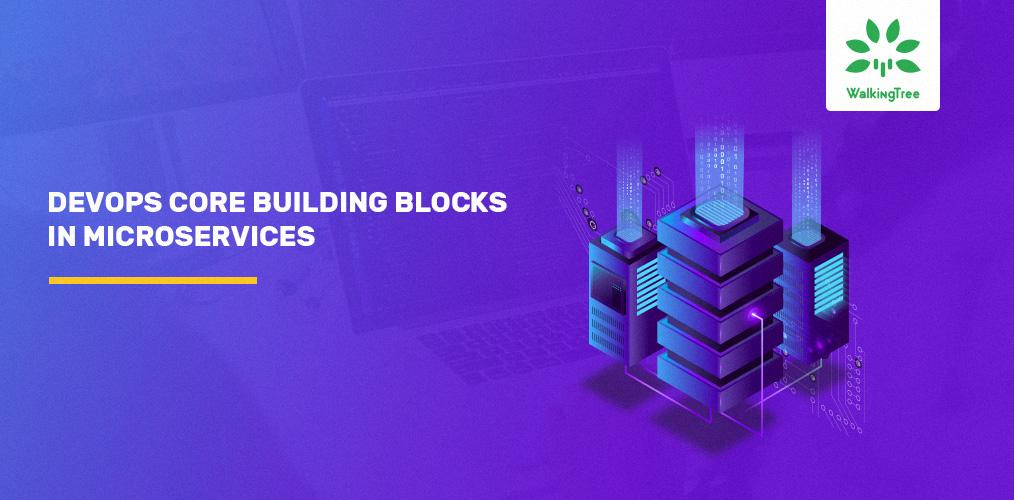
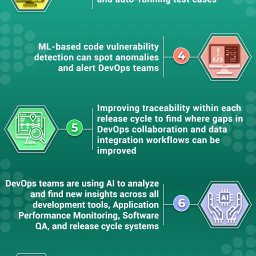
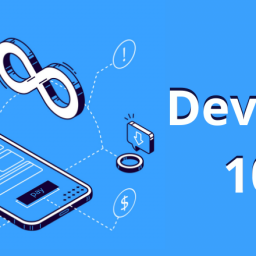
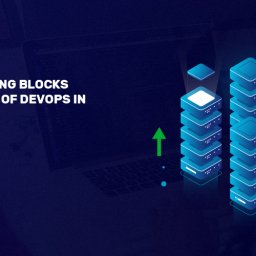
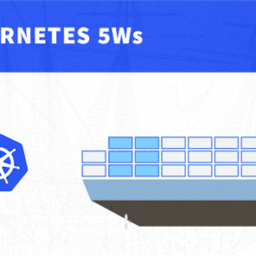
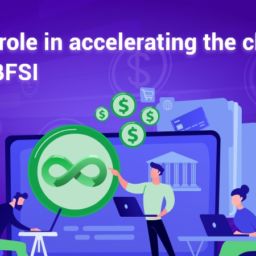



thanks for sharing nice information and nice article and very useful information…..